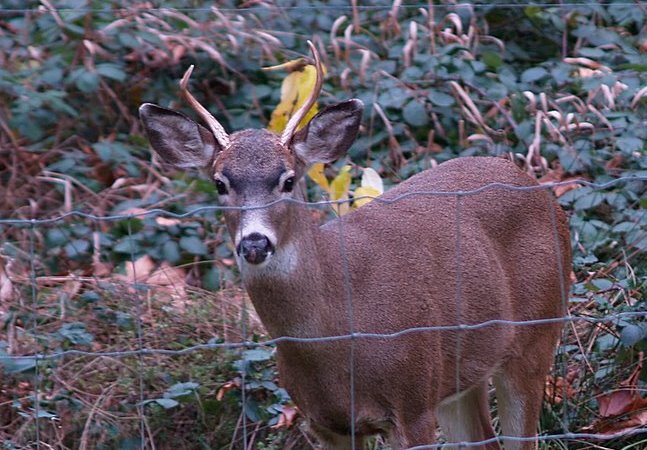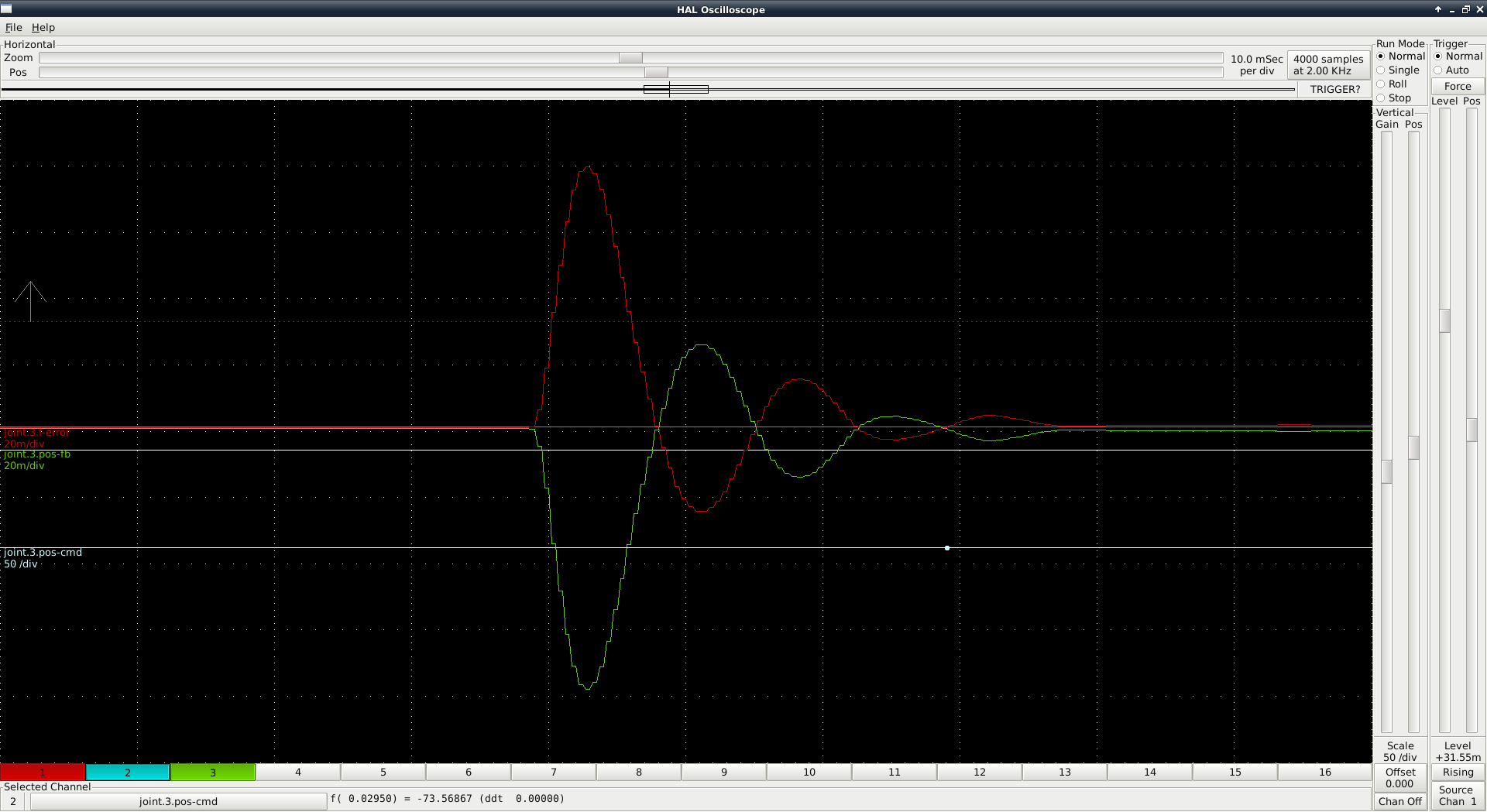

The hormones, in turn, are influenced by the amount of daylight, known as photoperiod. They start from the pedicles, and the hormonal output of the deer often regulates the rate at which they grow. Males usually begin growing antlers in the late spring. Still, other approaches believe that deer grow antlers to assert dominance without fighting and that they use their antlers to protect themselves from predators. This theory has the most scientific evidence to back it up. During mating season, male deer lock antlers and push each other to establish dominance. Since only the males typically grow antlers, many believe they are mainly used in territorial battles between bucks. Some wildlife biologists believe that female deer evaluate a buck’s antlers to assess whether he would be a good potential mate.

There are some discrepancies regarding the purpose of antlers. Kicker point – An abnormal tine that grows from the burr, near the pedicle.


The next time you’re hanging shed antlers, test yourself on your antler knowledge by naming each part of the antler as you go. The condition of a fawn’s mother and its date of birth also play a large part in how a deer’s antlers appear. The size and formation of deer antlers depend on a lot of different factors, such as age, nutrients, and genetics. Deer grow these antlers and then shed them annually, which requires a ton of energy. Antlers most typically are found on male deer, but some female deer grow antlers, especially those who have difficulty regulating the hormone testosterone, or female caribou.ĭeer typically start growing antlers as buttons around four or five months of age. These bony protuberances develop on the frontal pedicle-the base from which the antlers grow. By learning deer antler terminology, you’ll be able to discuss these trophies with ease and confidence. One of the ways to become more familiar with deer hunting is to learn the ins and outs of antler terminology.ĭeer antlers are surprisingly complex, and hunters have developed specific terms to apply to the different parts of the antler. Anyone who has hunted for deer in the past knows the importance of antler discussion.


 0 kommentar(er)
0 kommentar(er)
